Red mahogany is an Australian hardwood with a fine grain and stunning red colouring used for engineering applications, construction, furniture and turnery.
Red Stringybark, Daintree Stringybark (Qld), Red Messmate (Qld), Eucalyptus resinifera
Eucalyptus pellita
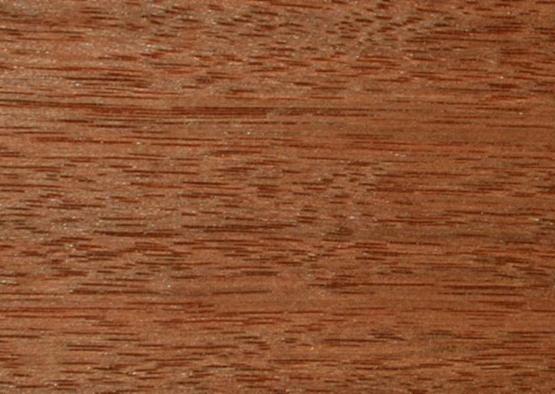
Shrinkage
| Very Low | Low | Medium | High | Very High | |
|---|---|---|---|---|---|

|

|
||||
Tangential : |
6.30%
|
||||
Radial : |
3.90%
|
||||
Unit Movement Tangential: |
0.34%
|
||||
Unit Movement Radial: |
0.27%
|
Strength Group

Very High |
High |
Reasonably High |
Medium High |
Medium |
Reasonably Low |
Low |
Very Low |
||
Unseasoned: |
S1 |
S2 |
S3 |
S4 |
S5 |
S6 |
S7 |
S8 |
|
|---|---|---|---|---|---|---|---|---|---|
 |
|||||||||
Seasoned: |
SD1 |
SD2 |
SD3 |
SD4 |
SD5 |
SD6 |
SD7 |
SD8 |
|
 |
Stress Grade

| Structural No. 1 |
Structural No. 2 |
Structural No. 3 |
Structural No. 4 |
Structural No. 5 |
|
Unseasoned: |
F27 |
F17 |
F14 |
F11 |
F8 |
Seasoned: |
F27 |
F22 |
F17 |
F14 |
F11 |
Density per Standard

Seasoned: |
950kg/m3
|
|---|---|
Unseasoned: |
1200kg/m3
|
Joint Group

Very High |
High |
Reasonably High |
Medium |
Low |
Very Low |
|
Unseasoned: |
J1 |
J2 |
J3 |
J4 |
J5 |
J6 |
|---|---|---|---|---|---|---|
 |
||||||
Seasoned: |
JD1 |
JD2 |
JD3 |
JD4 |
JD5 |
JD6 |
 |
Colour

| White, yellow, pale straw to light brown | Pink to pink brown | Light to dark red | Brown, chocolate, mottled or streaky | |
 |
||||
Mechanical Properties
Modulus of Rupture - Unseasoned: |
90
|
|---|---|
Modulus of Rupture - Seasoned: |
138
|
Modulus of Elasticity - Unseasoned: |
14
|
Modulus of Elasticity - Seasoned: |
17
|
Maximum Crushing Strength - Unseasoned:  |
52
|
Maximum Crushing Strength - Seasoned: |
76
|
Impact - Unseasoned: |
16
|
Impact - Seasoned: |
16
|
Toughness - Unseasoned: |
Medium - 15 - 24 Nm
|
Toughness - Seasoned: |
Medium - 15 - 24 Nm
|
Hardness - Unseasoned: |
9.0
|
Hardness - Seasoned: |
12
|
Durability
| Low | Moderate | Reasonably High | High | |
| (0 - 5 yrs) | (5 - 15 yrs) | (15 - 25 yrs) | (more than 25 yrs) | |
In-Ground: |
 |
|||
| (0 - 7 yrs) | (7 - 15 yrs) | (15 - 40 yrs) | (More than 40 yrs) | |
Above ground: |
 |
|||
| (0 - 20 yrs, usually < 5) | (21 - 40 yrs) | (41 - 64 yrs) | (More than 60 yrs) | |
Marine Borer Resistance: |
 |
Lyctid Borer Susceptibility: |
Susceptible |
|---|---|
Lyctid Borer Susceptibility - Other: |
|
Termite Resistance: |
Resistant
|
Fire Properties
| 0 | 1 | 2 | 3 | 4 | 5 | 6 | 7 | 8 | 9 | 10 | |
EFH Spread-of-Flame Index: |
|||||||||||
EFH Smoke-Developed Index: |
Critical Radiance Flux - Lower: |
>2.2 and <4.5 |
|---|---|
Critical Radiance Flux - Higher: |
≥4.5 |
Smoke Development Rate: |
<750
|
| 1 - non-combustible | 2 - reasonably non-combustible | 3 - slightly combustible | 4 - combustible | |
Fire Properties Group |
Average Specific Extinction Area: |
<250
|
|---|---|
Bushfire Resistance: |
BAL 12.5 and 19 – All AS3959 required applications
|
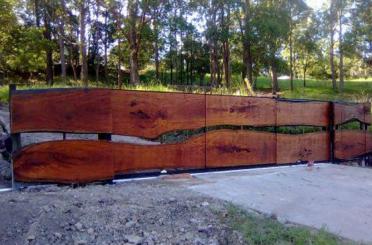
Fencing
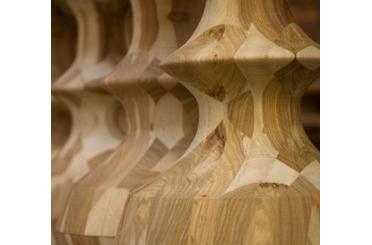
Mouldings
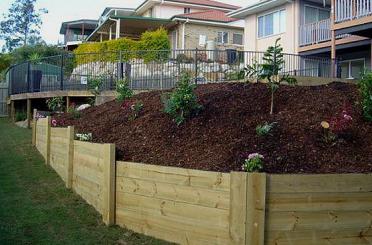
Retaining Walls (Landscaping)
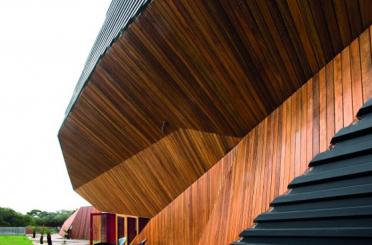
Cladding, External
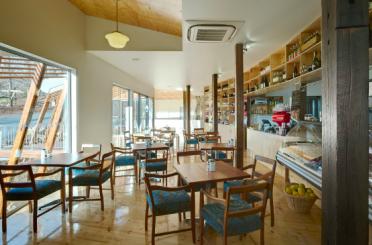
Structural Timber Poles
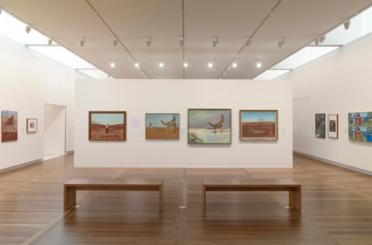
Flooring
Allied Forest Products

Australian Solar Timbers
Australian Timber
Branch 95

Coffs Harbour Hardwoods
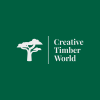
Creative Timber World
Dekhar Outdoors

Garde Timber Pty Ltd

Matilda Veneer

Pentarch Forestry







